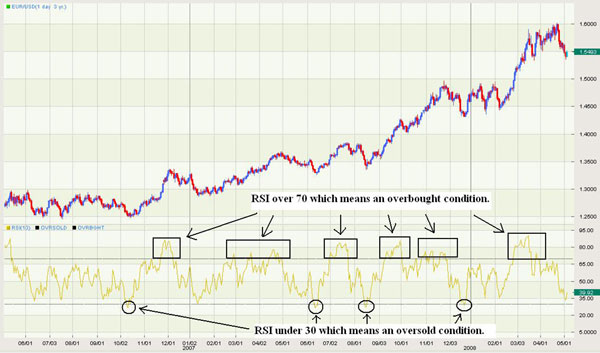- Forex Brokers
- Compare Forex Brokers
- ECN/STP Forex Brokers
- STP Forex Brokers
- DMA/STP Forex Brokers
- PAMM Forex Brokers
- Metatrader 4 Forex Brokers
- Metatrader 4 ECN Forex Brokers
- Metatrader 5 Forex Brokers
- Brokers With Free Forex Signals
- Social Trading Forex Brokers
- Bitcoin Brokers
- Binary Options Brokers
- NFA / CFTC US Forex Brokers
- FSA UK Forex Brokers
- Micro & Mini Forex Brokers
- Forex Brokers For Scalping
- Forex Brokers For Hedging
- High Leverage Forex Brokers
- Brokers With FX Managed Accounts
- Forex Brokers With Free VPS
- Gold,Silver & Oil Forex Brokers
- Forex Brokers With Segregated Accounts
- Brokers With Forex Demo Accounts
- Best Forex Broker Bonuses
- Forex Broker News
- University
- Online Forex Trading Course
- Complete Forex Video Course
- Forex Trading Tutorials
- Learn How To Trade Currency Pairs
- Candlestick Video Course
- Forex Technical Indicators
- Forex Chart Patterns
- Forex Trading Tips
- Metatrader 4 Tutorials
- Metatrader 5 Tutorials
- Free Trading Courses
- Forex eBooks Collection
- Forex Freebies
- Forex Dictionary
- Forex Downloads
- Trading Strategies & Systems
- Articles
- Tutorials
- MT4/5 Downloads
- Products
- Charts
- Real-Time Forex Charts
- Real-Time Forex Rates
- EUR/USD Forex Charts
- GBP/USD Forex Charts
- USD/CHF Forex Charts
- USD/JPY Forex Charts
- USD/CAD Forex Charts
- AUD/USD Forex Charts
- NZD/USD Forex Charts
- EUR/JPY Forex Charts
- GBP/JPY Forex Charts
- EUR/GBP Forex Charts
- EUR/AUD Forex Charts
- EUR/CAD Forex Charts
- AUD/JPY Forex Charts
- CHF/JPY Forex Charts
- EUR/CHF Forex Charts
- GBP/CHF Forex Charts
- USD/SEK Forex Charts
- Gold (XAU/USD) Charts
- WTI Crude Oil Charts
- Silver (XAG/USD) Charts
- Tools
- Correlation Charts
- Relative Strength Index
- FX Performance Charts
- Economic Calendar
- Pivot Point Calculator
- Forex Historical Data
- Currency Converter
- PIP Income Calculator
- PIP Value Calculator
- Risk Calculator
- Fibonacci Calculator
- Forex Income Calculator
- Forex Risk Calculator
- Banks Interest Rates
- Movers and Shakers
- Find A Forex Job
- Forex Daily High/Low
- World Clocks
- $30 FREE
|
Find Us On Facebook
Best Forex Trading Software
|
|||||||||||||||

